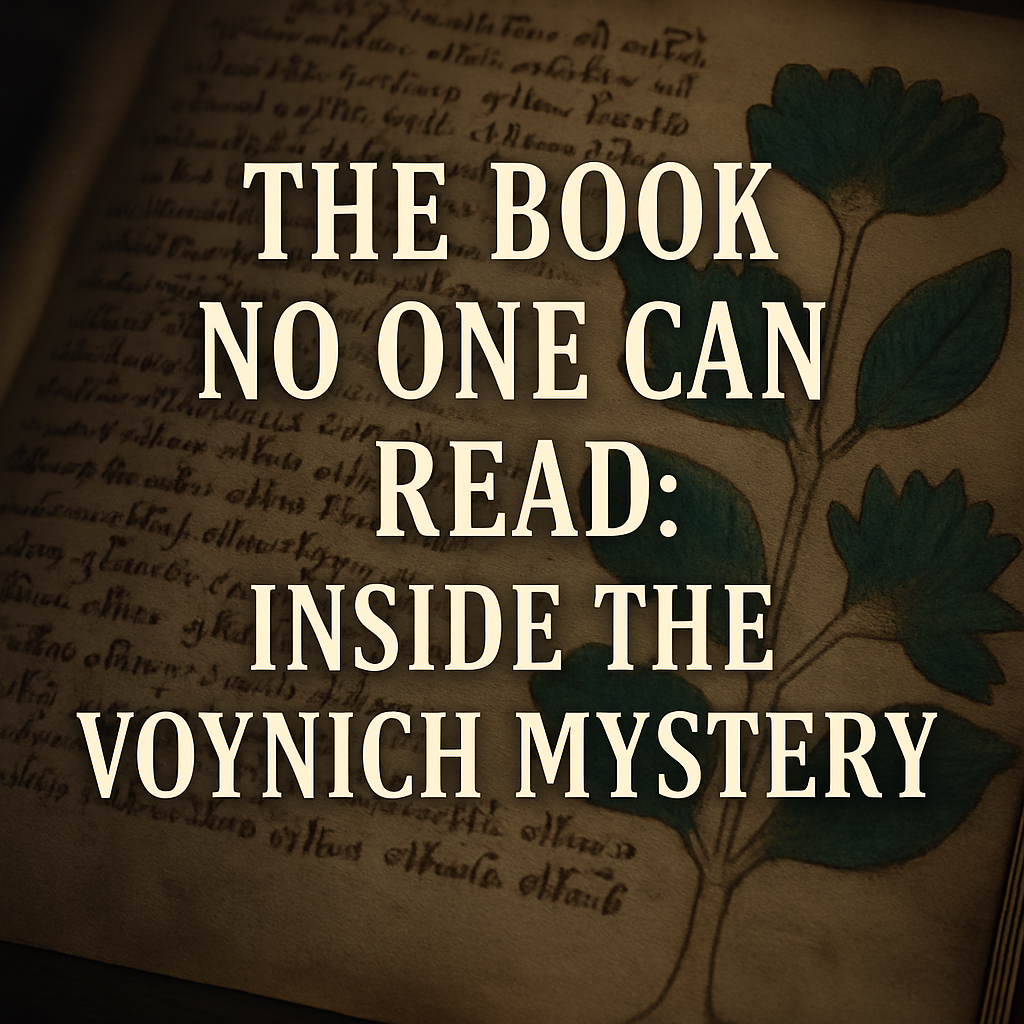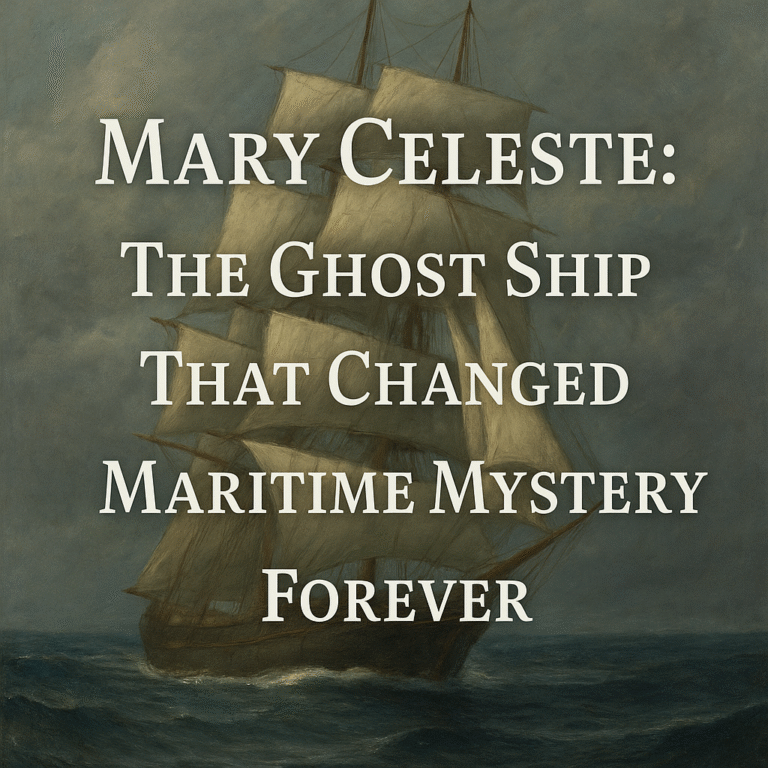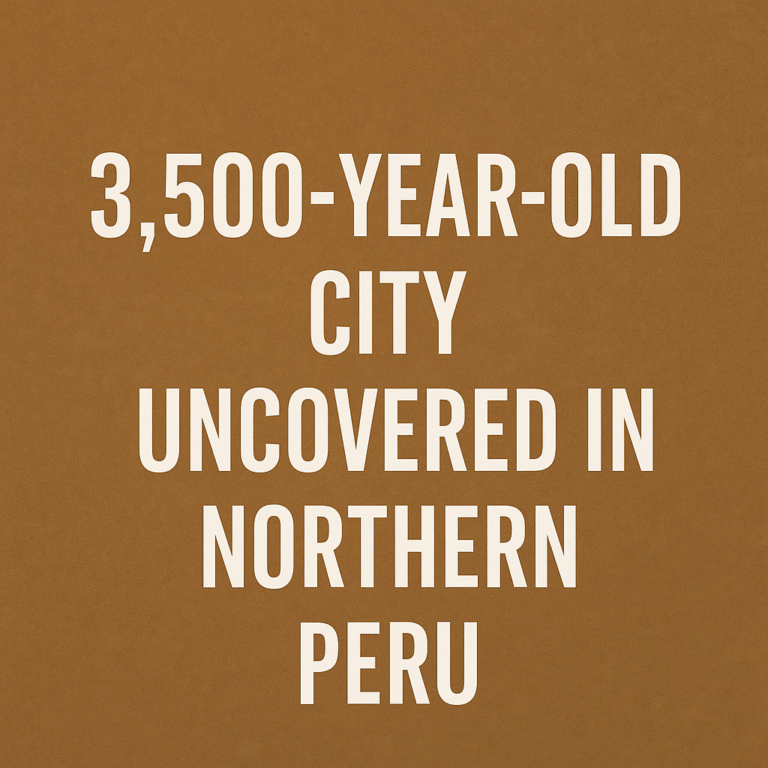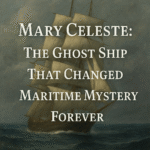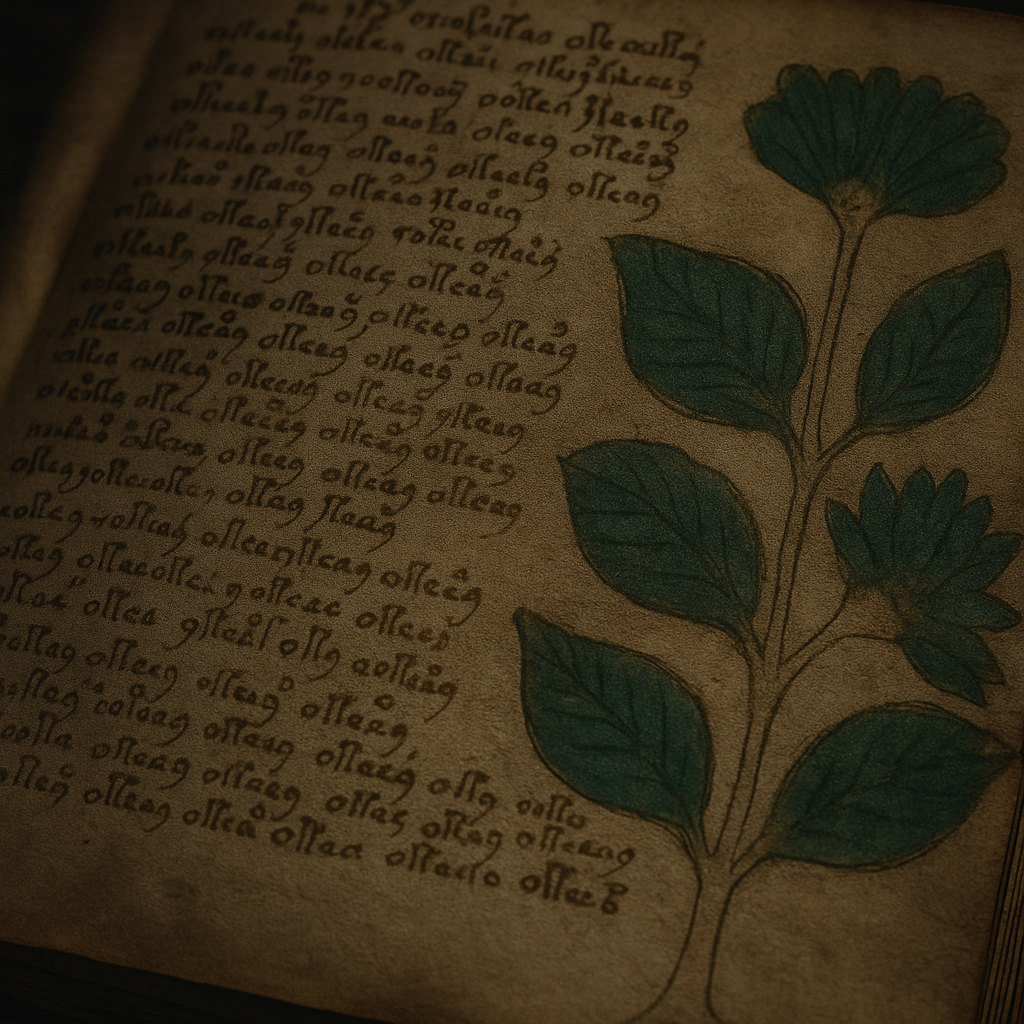
The Voynich Manuscript has long been one of the most mysterious and beguiling artifacts in human history. Housed in Yale University’s Beinecke Rare Book & Manuscript Library, this 15th-century codex is written in an unknown script and adorned with peculiar illustrations. For over a century, it has confounded scholars, linguists, cryptographers, and conspiracy theorists alike. What is this enigmatic book? Who wrote it, and why? Despite decades of study, these questions remain unanswered. This blog post explores the manuscript’s origins, theories surrounding its meaning, and the latest efforts to decode its secrets.
Origins and Physical Characteristics
The manuscript, named after rare book dealer Wilfrid Voynich who acquired it in 1912, consists of about 240 vellum pages. Carbon dating places its creation between 1404 and 1438. The script does not resemble any known language, and the parchment pages feature illustrations of unknown plants, astronomical charts, naked women bathing in green pools, and strange, looping structures.
Sections of the manuscript seem to follow themes:
- Herbal: Pages with drawings of imaginary plants
- Astronomical: Zodiac-like diagrams
- Balneological: Bathing figures and tubes
- Pharmaceutical: Jars and roots
- Recipes: Paragraphs of text with star-like bullets
No one knows what it says, what language it’s written in, or even if the content is meaningful or a clever hoax.
Who Wrote the Voynich Manuscript?
Speculation abounds about the manuscript’s origins. Theories include:
- An Unknown Language or Cipher: Some believe it could be a constructed language or an elaborate cipher.
- Leonardo da Vinci: A theory later debunked, since he was born after the manuscript was created.
- Roger Bacon: Some claimed the manuscript was a lost work of this 13th-century English friar, but evidence is lacking.
- Alien Contact or Time Travel: Fringe theorists have proposed extraterrestrial origins or time-travel scenarios.
In 2017, AI-based research suggested the manuscript could be written in an encoded version of Hebrew. Some scholars and cryptanalysts still argue it may be a meaningless hoax.
Theories: Real Language or Clever Hoax?
1. Natural Language Hypothesis
Computational linguistics has revealed consistent statistical patterns within the text, suggesting a structured language. Studies have shown the script has entropy similar to natural human languages, indicating it may not be gibberish.
2. Hoax Hypothesis
Skeptics argue that the manuscript was designed to deceive—perhaps to swindle a wealthy patron or to appear mysterious and valuable. Its meaningless script and repeated word patterns are cited as supporting this view.
3. Constructed Language
Some researchers think it could be a constructed language created by an individual for intellectual or artistic purposes, possibly as a private meditation or philosophical work.
Efforts to Decode It
Human Cryptographers
Throughout history, some of the greatest minds in cryptography—including experts from both World Wars—have tried and failed to decode it. Even Alan Turing is said to have shown interest.
Artificial Intelligence
In recent years, AI has played a role in attempting to crack the code. Algorithms have been trained to detect patterns and compare them with known languages. Some claimed success in identifying Hebrew roots, but these results remain controversial.
Linguistic Pattern Analysis
Some scholars have used Zipf’s law and entropy models to analyze the Voynich script. These studies suggest that the text’s complexity and internal consistency resemble real languages.
The Illustrations: Symbolism or Fantasy?
The illustrations provide both clues and confusion. While the plants don’t correspond to any known species, some theorists suggest they are stylized or symbolic. The astronomical diagrams may represent constellations, seasons, or horoscopes. The bathing women and tubes could signify alchemical or medical practices.
One intriguing possibility is that the book was a compendium of holistic or esoteric knowledge, combining herbalism, astrology, and mystical beliefs—similar to other medieval texts.
Cultural Impact and Pop Culture
The manuscript has inspired numerous books, documentaries, and films. It’s appeared in fiction from Dan Brown’s The Lost Symbol to episodes of Warehouse 13 and Lupin III. Musicians, artists, and game designers have used the Voynich aesthetic for creative inspiration.
The Voynich Manuscript embodies our collective fascination with the unknown. Its mystique lies in its unsolved nature—a real artifact with no definitive explanation.
Why the Voynich Mystery Still Matters
- It challenges our understanding of language: The possibility of a lost or unknown language opens new questions about human history.
- It showcases human curiosity: The manuscript continues to inspire global collaboration, from AI experts to medieval historians.
- It reminds us of historical gaps: Despite digital archives and big data, the past still holds secrets.
Final Thoughts
The Voynich Manuscript remains an enigma. Whether it’s a sophisticated hoax or a misunderstood work of genuine scholarship, its allure endures. In a world increasingly dominated by information and connectivity, the Voynich offers a rare reminder: some mysteries refuse to be solved.
As research continues with newer technology, we may one day unlock the secrets of the book no one can read. Until then, it remains a beautiful cipher—a poetic puzzle echoing across the centuries.

